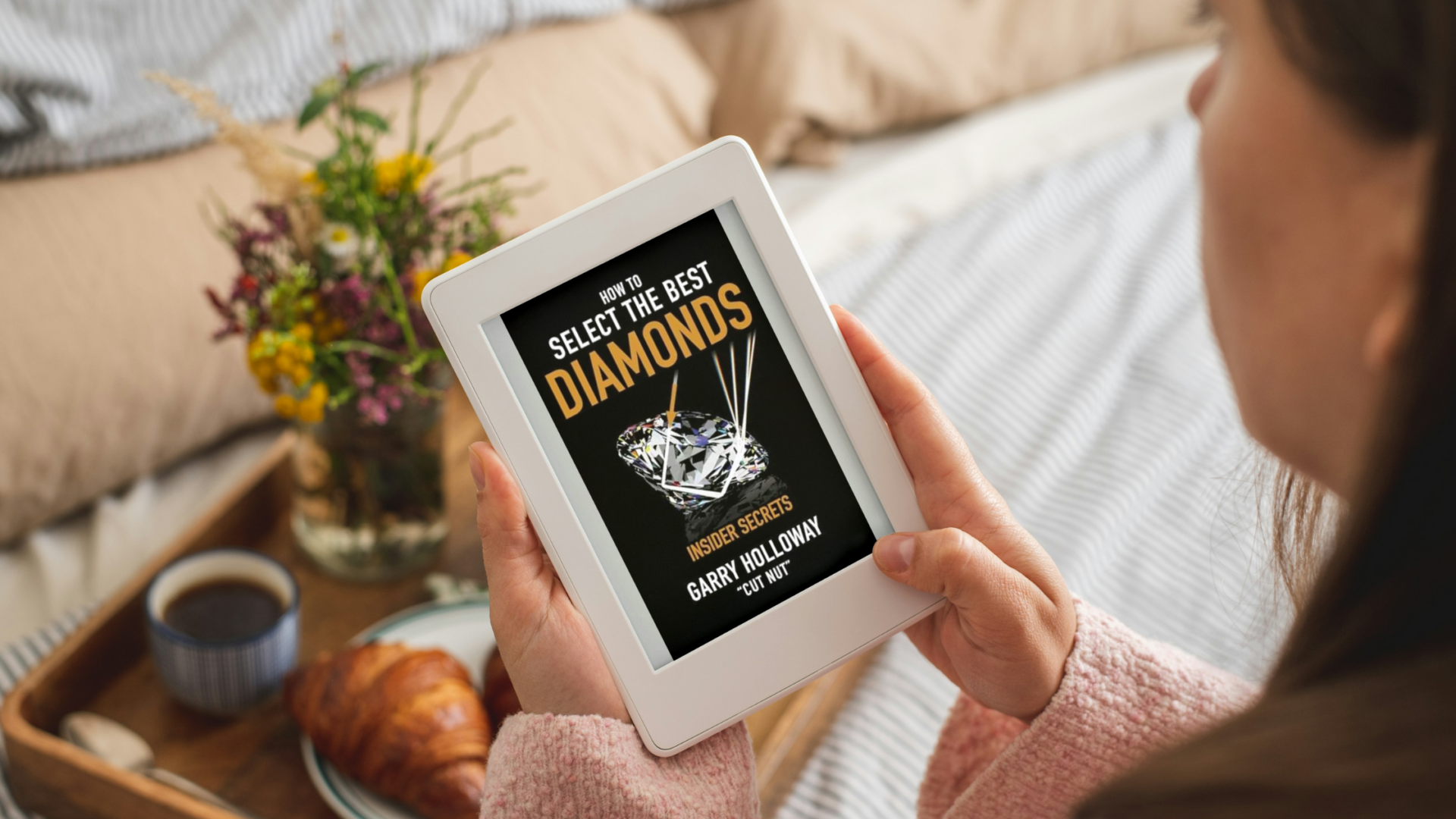Hi,
I thought I''d post a quick howto on buying a diamond. I didn''t see this on Pricescope, but now that I''ve bought a diamond with the help of the friendly folks here, I thought I''d write up a step by step of how a newbie might go about buying a diamond. Not sure if this is helpful or not, but thought I''d share. If it''s useful, maybe an admin can make this a sticky ...
1. Read the Pricescope knowledge section for information about diamonds. You want to learn the basics about diamonds.
2. Go visit a brick and mortar store to look at a variety of diamonds in your price range so you can get an idea of where you want to spend your money: clarity, color, carat. Don''t compromise on cut. Don''t buy yet!
3. Check out Pricescope and the various Pricescope vendors for diamonds that meet your budget and criteria. This will help you get a sense of what you can get for your budget. Important things to keep in mind:
- Understand each diamond is unique, and that a GIA or AGS certificate tells only a part of the story. For example, a diamond graded SI1 could have an occlusion that''s invisible or one that''s right in the middle of the table (bad).
- You want to see a diamond before purchasing. Ideally, you''d get a magnified image of the diamond, the GIA/AGS certificate, and Idealscope/ASET images to look at before purchasing.
- The HCA is a useful tool to check the dimensions of your diamond, but the definitive answer is in the way the diamond looks.
4. Once you''ve picked a few diamonds that you might be happy with, put the diamonds on hold, and post the specs and images to the Pricescope forum. The friendly folks can help you decide.
5. Buy the diamond!
6. Mount the diamond in your setting. You should then get the setting appraised by an appraiser (check out the Pricescope appraiser section) so that you can get the entire ring insured (most insurers will not insure loose diamonds). An appraiser will also be able to double-check that the diamond actually matches the certificate for your peace of mind. Send the appraisal to your insurer who can add it to your homeowner''s policy.
7. Good luck with the proposal!
I thought I''d post a quick howto on buying a diamond. I didn''t see this on Pricescope, but now that I''ve bought a diamond with the help of the friendly folks here, I thought I''d write up a step by step of how a newbie might go about buying a diamond. Not sure if this is helpful or not, but thought I''d share. If it''s useful, maybe an admin can make this a sticky ...
1. Read the Pricescope knowledge section for information about diamonds. You want to learn the basics about diamonds.
2. Go visit a brick and mortar store to look at a variety of diamonds in your price range so you can get an idea of where you want to spend your money: clarity, color, carat. Don''t compromise on cut. Don''t buy yet!
3. Check out Pricescope and the various Pricescope vendors for diamonds that meet your budget and criteria. This will help you get a sense of what you can get for your budget. Important things to keep in mind:
- Understand each diamond is unique, and that a GIA or AGS certificate tells only a part of the story. For example, a diamond graded SI1 could have an occlusion that''s invisible or one that''s right in the middle of the table (bad).
- You want to see a diamond before purchasing. Ideally, you''d get a magnified image of the diamond, the GIA/AGS certificate, and Idealscope/ASET images to look at before purchasing.
- The HCA is a useful tool to check the dimensions of your diamond, but the definitive answer is in the way the diamond looks.
4. Once you''ve picked a few diamonds that you might be happy with, put the diamonds on hold, and post the specs and images to the Pricescope forum. The friendly folks can help you decide.
5. Buy the diamond!
6. Mount the diamond in your setting. You should then get the setting appraised by an appraiser (check out the Pricescope appraiser section) so that you can get the entire ring insured (most insurers will not insure loose diamonds). An appraiser will also be able to double-check that the diamond actually matches the certificate for your peace of mind. Send the appraisal to your insurer who can add it to your homeowner''s policy.
7. Good luck with the proposal!







300x240.png)